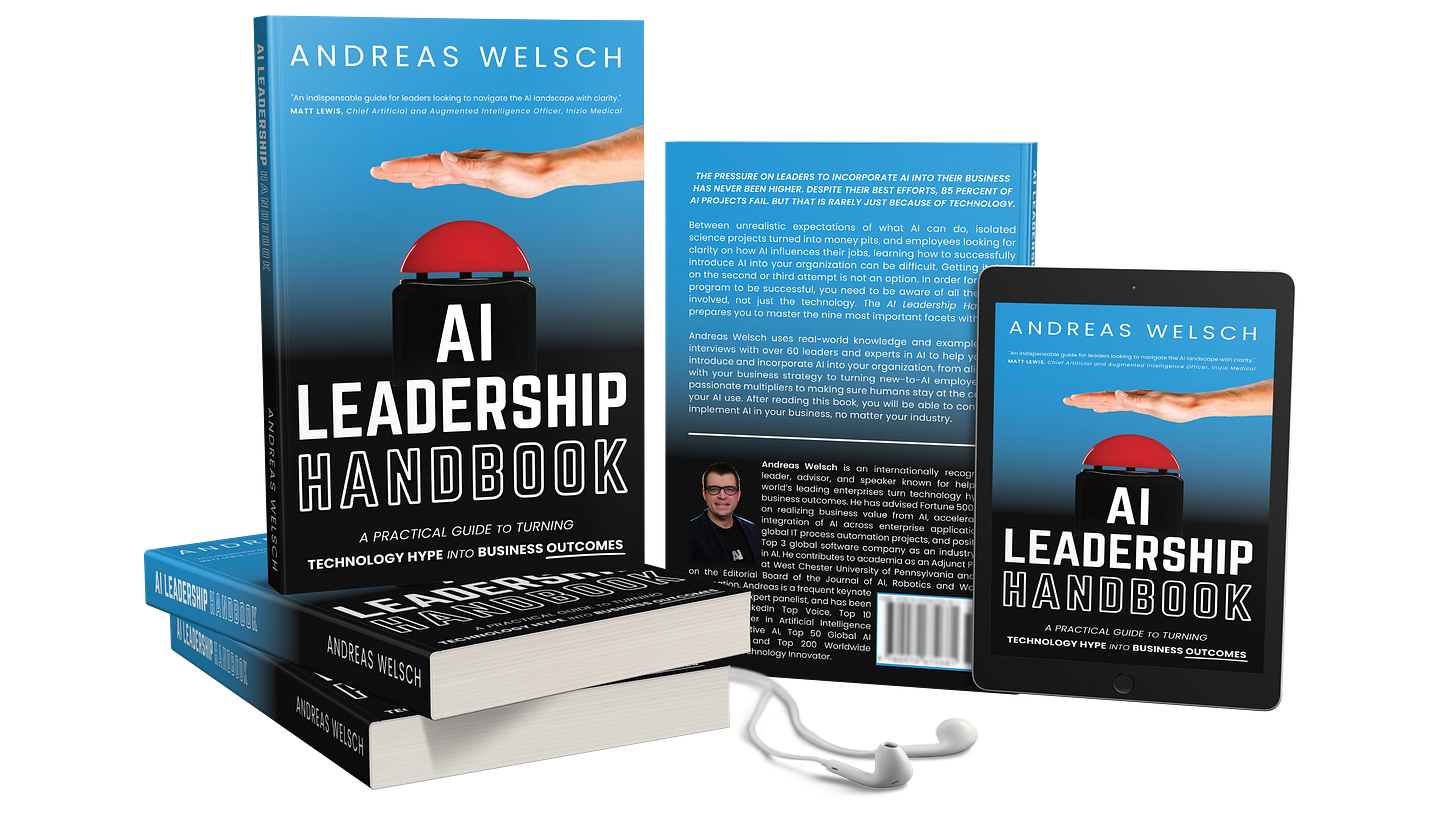Distinguishing Agentic AI From Predefined Workflows: A Pratical Perspective
Key Insights for Leaders to Avoid Being Fooled by Agentic AI Claims
Although several technology providers claim to have agentic AI capabilities in their products, the term “agentic” AI is still ill-defined. That’s why, aside from a grounding definition, leaders need to distinguish between flexible (agentic) and rigid (predefined) workflows, being aware of the early stage of agentic AI and the importance of personal experimentation to understand the difference. Peter Gostev, Head of AI at Moonpig, joined me on “What’s the BUZZ?” to discuss a pragmatic approach with agentic AI.
Comparing Agentic AI and Traditional Workflows
It’s easy to get swept away by the latest buzzwords. One of the most pressing distinctions to understand is the difference between truly agentic AI and systems that merely follow predefined workflows. Simply said, Agentic AI can make autonomous decisions and flexibly respond to varying contexts while traditional workflows automate tasks but lack the intelligence to self-adjust.
Vendors may advertise their solutions as "agentic," but upon closer inspection, they often reveal predictable patterns similar to yesterday's tools. This is crucial for leaders to assess: Does the solution simply replicate existing workflows, or does it offer genuine agency? Take a moment to engage with the technology. Are the AI systems genuinely autonomous in their decision-making? By actively evaluating these differences, you can avoid falling for inflated claims and focus on solutions that truly deliver value.
Listen to the Audiobook: AI Leadership Handbook
Andreas Welsch uses real-world knowledge and examples from interviews with over 60 leaders and experts in AI to help you both introduce and incorporate AI into your organization, from aligning it with your business strategy to turning new-to-AI employees into passionate multipliers to making sure humans stay at the center of your AI use. After listening to this audiobook, you will be able to confidently implement AI in your business, no matter your industry.
Participating in the Early Stage of Agentic AI Development
Agentic AI is still in its formative stages. While terms like "agentic" are quickly becoming buzzwords in the tech industry, many companies are just starting to innovate with these tools. As a leader, you should approach the topic with a healthy dose of skepticism. You might hear promises about the capabilities of the latest AI innovations, but remember that many are in their early maturity stages and adoption is ramping up.
» [Is it a use case agentic?] Is the use case defined within one specific workflow with just small deviations or maybe there's like three ways you can go. And does it have freedom to go and do things in the more open-ended space. «
— Peter Gostev
Instead of rushing to adopt the newest technologies, look for established use cases demonstrating real success, such as research or certain coding tasks. By grounding your expectations in reality, you’ll make more informed decisions that will pay off in the long run. Don’t hesitate to explore these developments and weigh the benefits of a deliberate approach versus just being part of the hype.
Ensuring Personal Experimentation
A foundational understanding of the technology and concepts and hands-on experimentation are important. While information overload is common, relying solely on third-party reports or vendor claims can lead you astray. Instead, make it a priority to test these AI systems personally. This approach not only builds your understanding but also allows you to develop your intuition about what works and what doesn't. (Vendors like n8n or Make.com offer platforms that you can even use without coding.)
When you experiment, you gain direct experience with the technologies actively shaping your industry. This personal engagement helps demystify AI, revealing capabilities beyond the headlines.
By incorporating experimentation into your decision-making processes, you also position yourself to be an informed leader who can effectively sift through the noise. Ultimately, the only way to truly grasp the potential of agentic AI is to dive in and engage with it directly.
Summary
To avoid being misled by AI's promises, understand the difference between true agentic AI and streamlined workflows, recognize the early development stage of agentic AI applications, and engage with the technology first-hand. By doing so, you'll enhance your discernment and become an effective leader in AI adoption, ultimately paving the way for informed choices. Once you process this information, take the next step by identifying AI solutions in your organization that lend themselves to experimentation.
Equip your team with the knowledge and skills to leverage AI agents effectively. Book a consultation or workshop to develop your AI strategy.
Listen to this episode on the podcast: Apple Podcasts | Other platforms
Explore related articles
Become an AI Leader
Join my bi-weekly live stream and podcast for leaders and hands-on practitioners. Each episode features a different guest who shares their AI journey and actionable insights. Learn from your peers how you can lead artificial intelligence, generative AI, agentic AI, and automation in business with confidence.
Join us live
May 28 - Barr Moses (CEO & Co-Founder of Monte Carlo) will provide insights into having reliable data for AI and Agentic AI projects.
June 17 - Kathleen Walch (Director of AI Enablement & Community at Product Management Institute) will share the six steps to success for new AI leaders.
Watch the latest episodes or listen to the podcast
Follow me on LinkedIn for daily posts about how you can lead AI in business with confidence. Activate notifications (🔔) and never miss an update.
Together, let’s turn hype into outcome. 👍🏻
—Andreas









